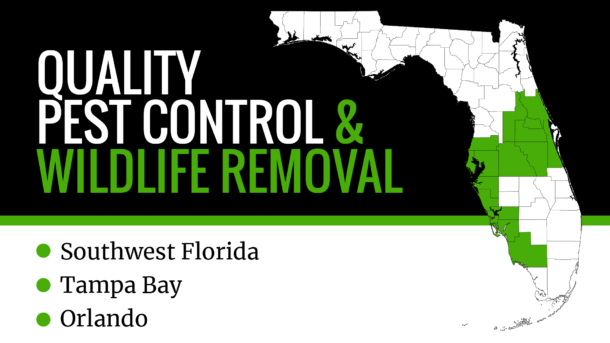Installing Rodent Bait Stations: The Dos and Dont’s
January 9th, 2017

Rodent bait stations offer a highly effective way of controlling mice and rats. They are often utilized in areas where the rodent populations need to be kept in check. While, Alford Wildlife & Pest Management offers professional rodent and wildlife removal in Fort Myers, Naples, and all of Southwest Florida, we thought we’d provide some helpful tips for installing rodent bait stations in your own home.
Selection of Bait
The classification of rodenticides is based on the way they act on the rodents and their predators. It is a good idea to gain a general understanding of how these baits work in order to choose the correct bait for optimal rodent control.
The three modes of actions are as follows:
- 1st Generation (anti-coagulants) – These disrupt the natural ability of the blood to clot. Rodents need to feed a number of times in order to receive a lethal dose. Additionally, if a rodent eats this bait directly, a potential predator that comes along will not be harmed by eating the poisoned rodent.
- 2nd Generation (anti-coagulants) – These can kill rodents with a single dose and if a predator comes along and eats the poisoned rodent, the predator may be affected (hence, the term “2nd generation”). Most 2nd generation baits used by professionals today have a very low 2nd generation toxicity.
- Non-Anticoagulants – This type of bait interferes with the rodents’ nervous system functioning by developing a toxic gas after consumption or by affecting the calcium levels in the blood.
Keeping in mind the dangerous nature of these baits, it is crucial to consult a licensed wildlife expert.
Advantages of Rodent Bait Stations
A rodent bait station offers many advantages, such as the following:
- It protects the bait from dust and moisture, thereby increasing its effectiveness
- It enables rodents to feel secure by eating the bait in a protected place
- It helps to keep non-targeted species away from the bait, including livestock, pets, wildlife, as well as children
- It prevents accidental spilling of rodenticide
Rodent Bait Station Placement
Whenever possible, try to place the bait stations between the rodents’ shelter and their food supply. Place them against falls, near rodent burrows, and along the route where they travel. Additionally, observe any signs, such as gnawing, droppings, rub marks, or tracks to figure out the sites where they may have passed.
Rats are typically suspicious of any new things and unfamiliar objects. Therefore, it is important to note that it may take a couple weeks for the rodent bait station to take effect.
Maintaining Bait Stations
Once the bait stations have been installed and placed at appropriate places, it is important to check them on a regular basis, adding fresh bait when necessary. With time, rodent numbers will start to decrease, thereby requiring inspection on a less regular basis.
Professional Rodent Removal Lee County
When it comes to rodent removal, there are certainly DIY options out there. However, we highly recommend consulting a professional and licensed wildlife expert. At Alford Wildlife & Pest Management in Fort Myers, we have the tools and knowledge to help with your rodent removal. With the warm weather and different wildlife in Southwest Florida, rodents are bound to seek shelter in a home or business, which can mean bad news for the owner!
We guarantee the effectiveness of our rodent removal services. Contact us today to learn more about our rodent removal services in Lee and Collier Counties.


